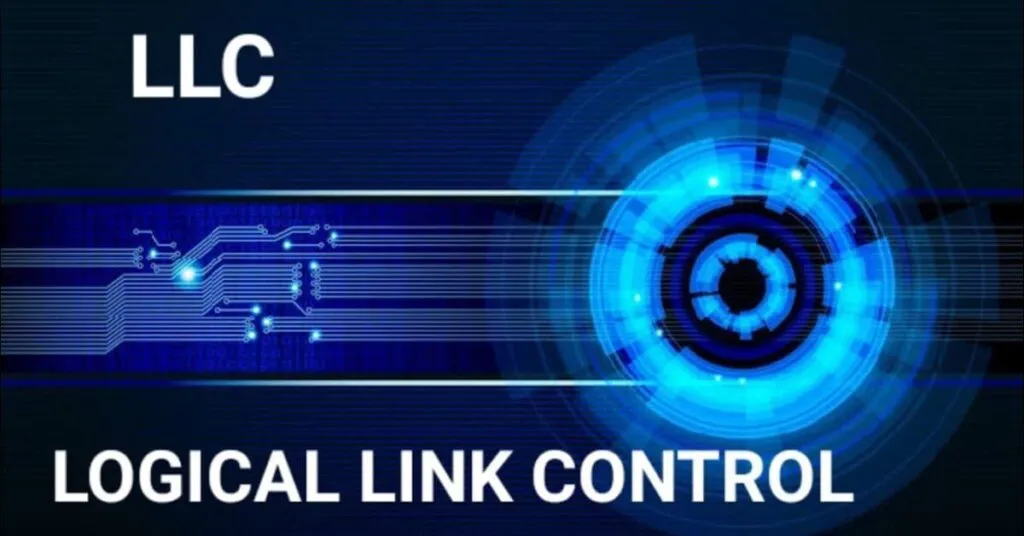{Cisco CCNA RS} Design of Sub-layer of LAN LLC (Logic Link Control) – Introduction to Knowledge Background LLC is the abbreviation of Logical Link Control. ccna 200-301 exam dump is responsible for identifying network layer protocols and then encapsulating them.
Data should be transmitted through the network, from the top to the bottom. If a host wants to transmit data to other hosts, first package the data into a special protocol header (generally divided into MAC header, LLC header, IP header, TCP header). This process is called encapsulation. The below is a working diagram of data link unpacking:
Introduction to LLC Design
IEEE established the Local Area Network Standards Committee (IEEE802 Committee for short) in February 1980, which specializes in the standardization of Local Area Networks and formulated the IEEE802 standard. The LAN reference model described in 802 standard only corresponds to the data link layer and physical layer of OSI reference model. It divides the data link layer into LLC (Logical Link Control) sub-layer and MAC (Media Access Control) sub-layer.
LLC is responsible for identifying network layer protocols and then encapsulating them. The LLC header tells the data link layer what to do with the data packet once the frame is received. It works like this: the host receives the frame and looks at its LLC header to find the destination of the packet, such as the IP protocol at the network layer. LLC sub-layer can also provide flow control and control the sequencing of bit streams.
LLC provides the upper layer with methods to deal with any type of MAC layer, such as Ethernet IEEE 802.3 CSMA/CD or Token Ring IEEE 802.5 Token Passing.
LLC is developed on the basis of High-Level Data-Link Control (HDLC), and uses a subset of HDLC specification. LLC defines three types of data communication operations:
Type 1: no-connection. This method does not guarantee that the sent information will be received.
Type 2: connection-oriented. This method provides four services: connection establishment, confirmation and data arrival response, error recovery (realized by requesting retransmission of the received error data) and sliding window (coefficient: 128). Sliding windows are used to improve the data transmission rate.
Type 3: no-connection response service. Unconfirmed connectionless services can transmit data frames without establishing a connection in advance. End-to-end flow control and error control are provided by high-level protocols. This service requires no confirmation and is relatively simple. The communication model can be point-to-point communication, broadcast communication and group communication, which is a datagram service.
LLC connectionless
Type 1 service specifies a static frame format and allows network protocols to run on it. Network protocols using transport layer protocols usually use Type 1 service.
Type 2 LLC connection-oriented service supports reliable data transmission and is used in LAN environments that do not need to call network layer and transport layer protocols.
Disappearance of LLC
After the 1990s, the fiercely competitive LAN market gradually became clear. Ethernet has gained a monopoly position in the LAN market, and has almost become a synonym for LAN. Due to the rapid development of the Internet and the LAN often used in TCP/IP systems, IT Certification Training Course only Dix Ethernet is left, rather than the LAN in IEEE802.3 standard, so the role of LLC sub-layer formulated by IEEE 802 Committee has disappeared.


